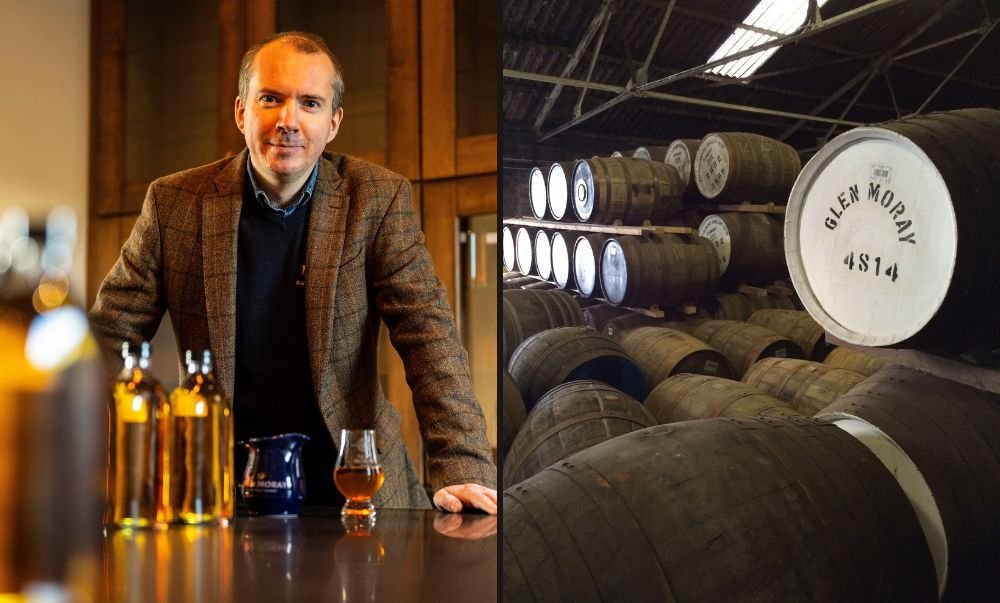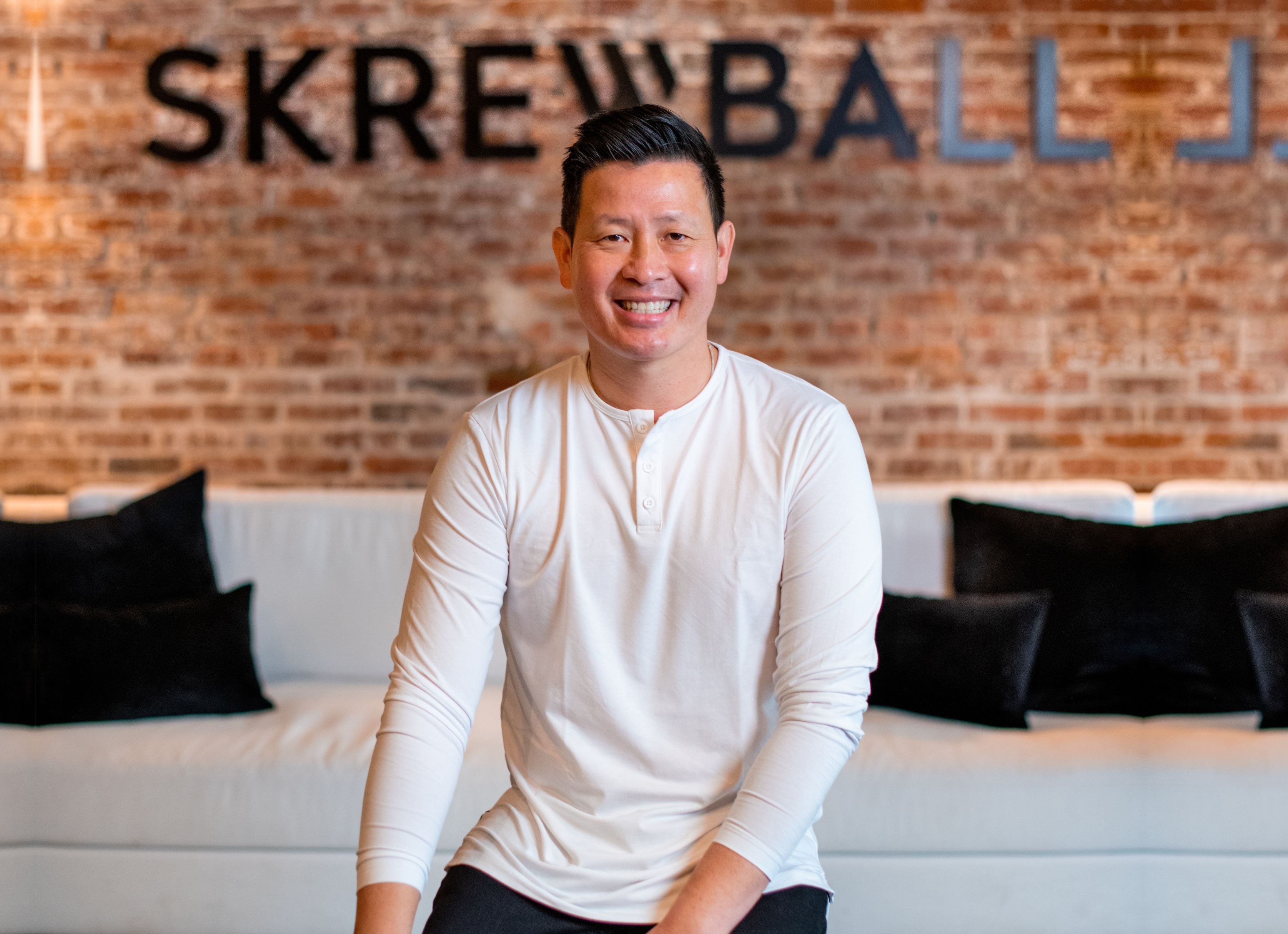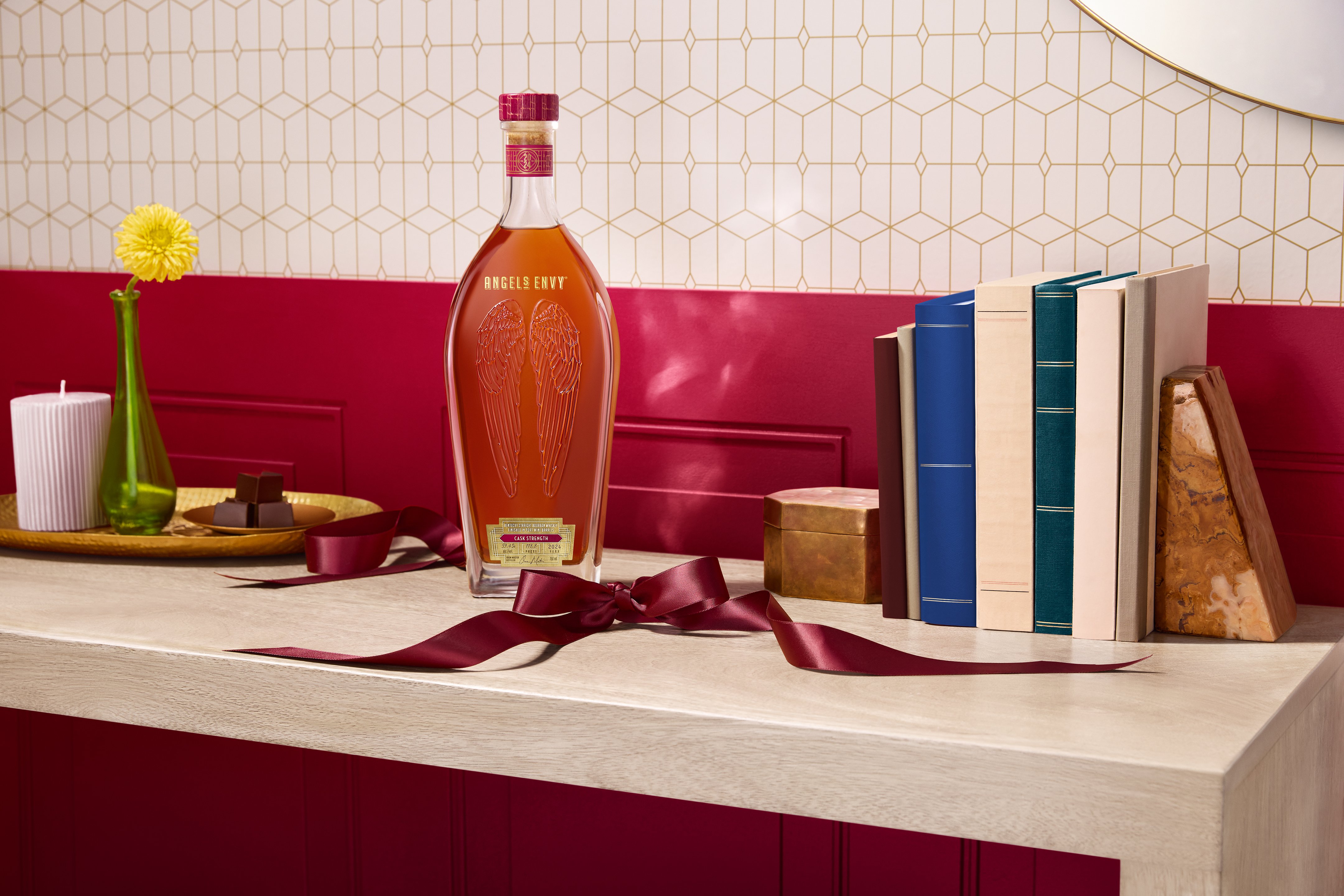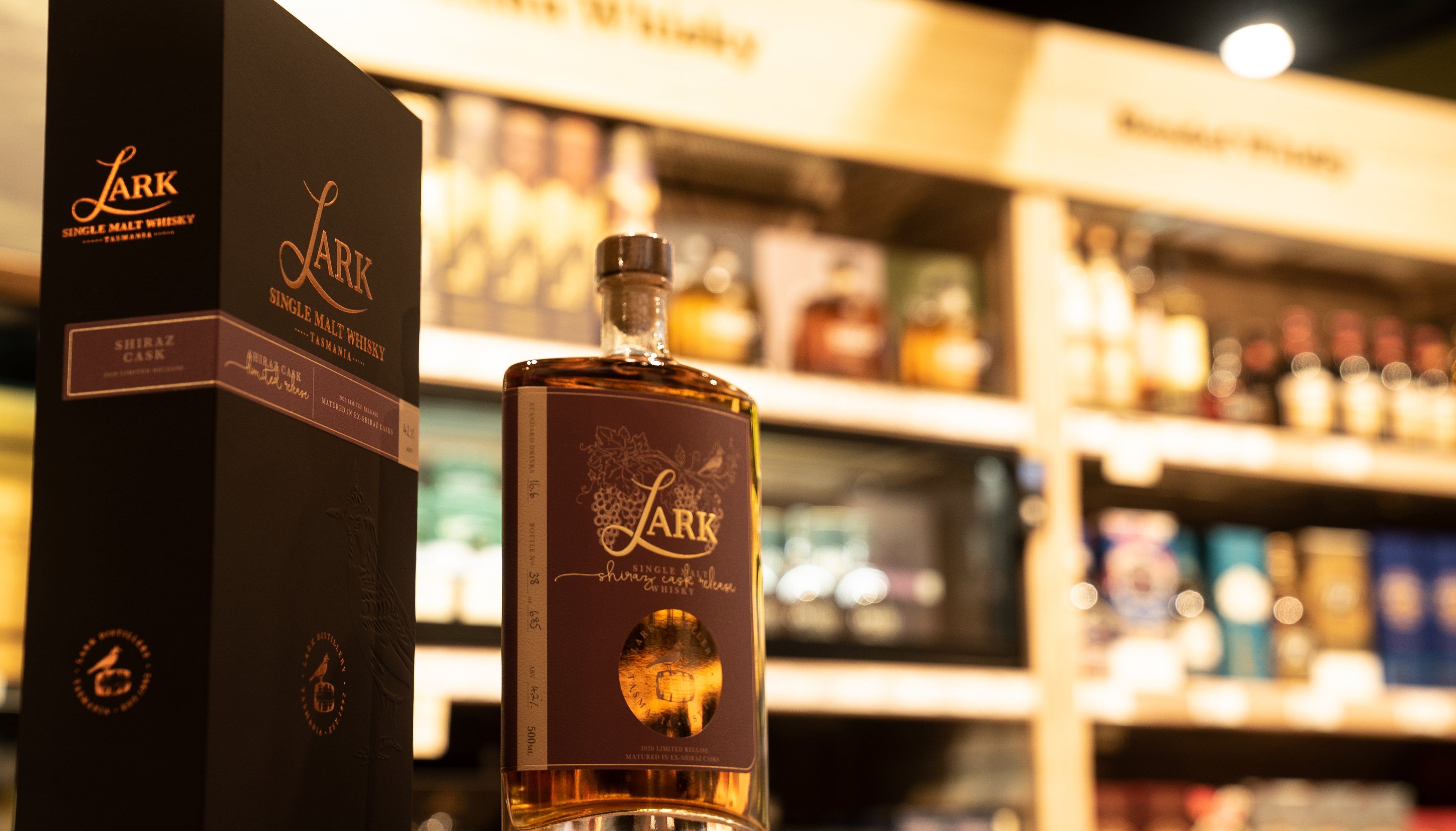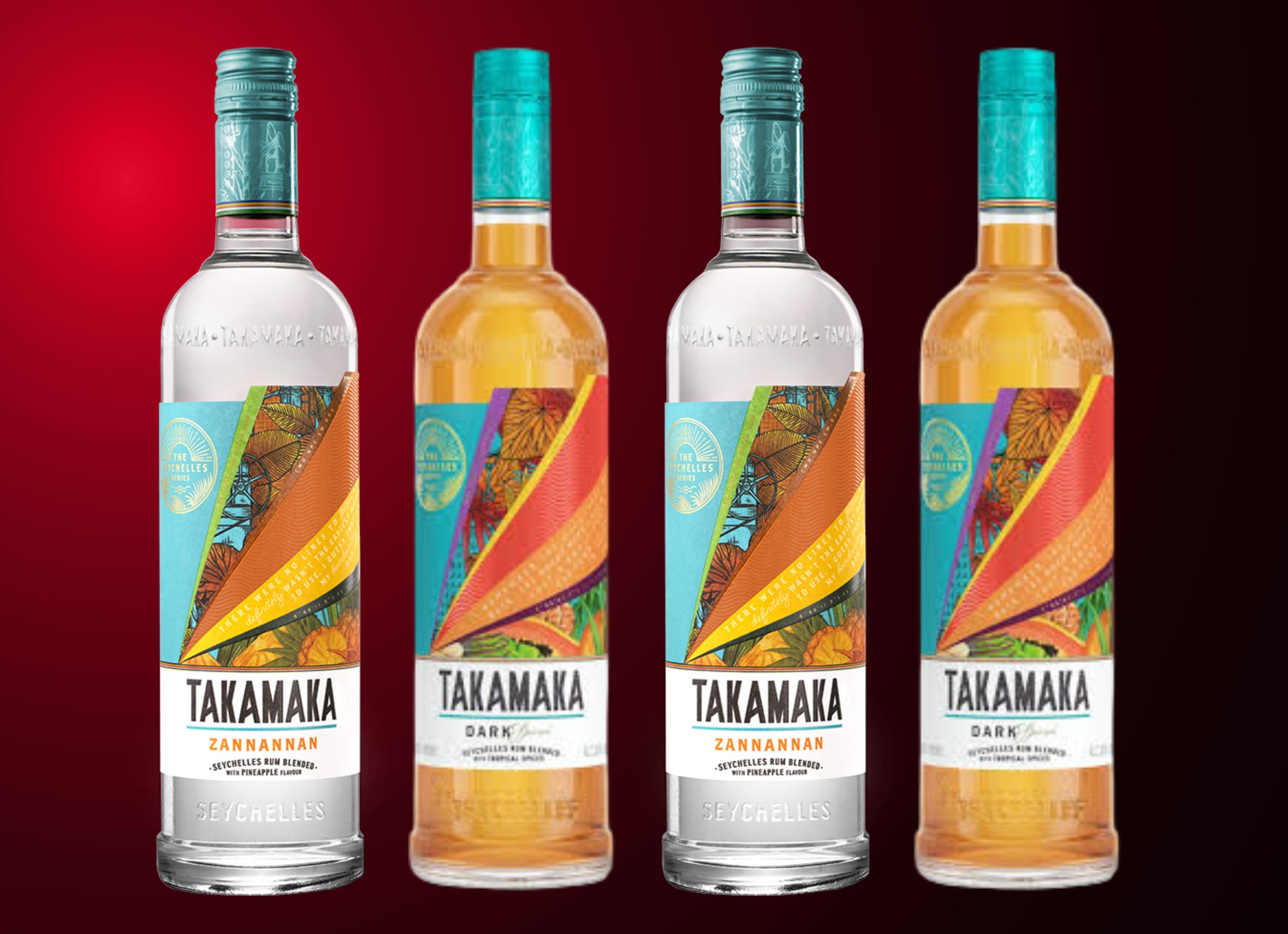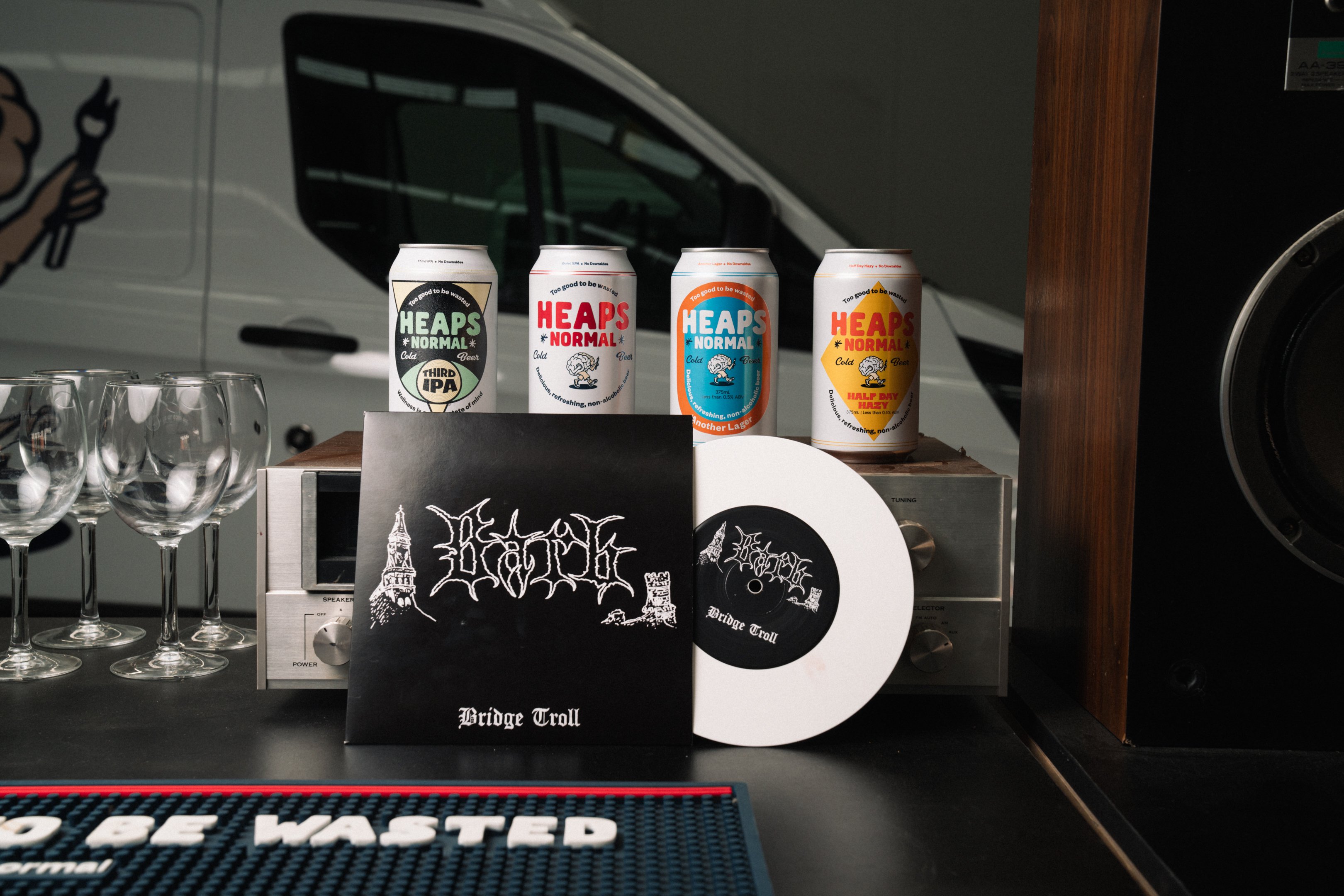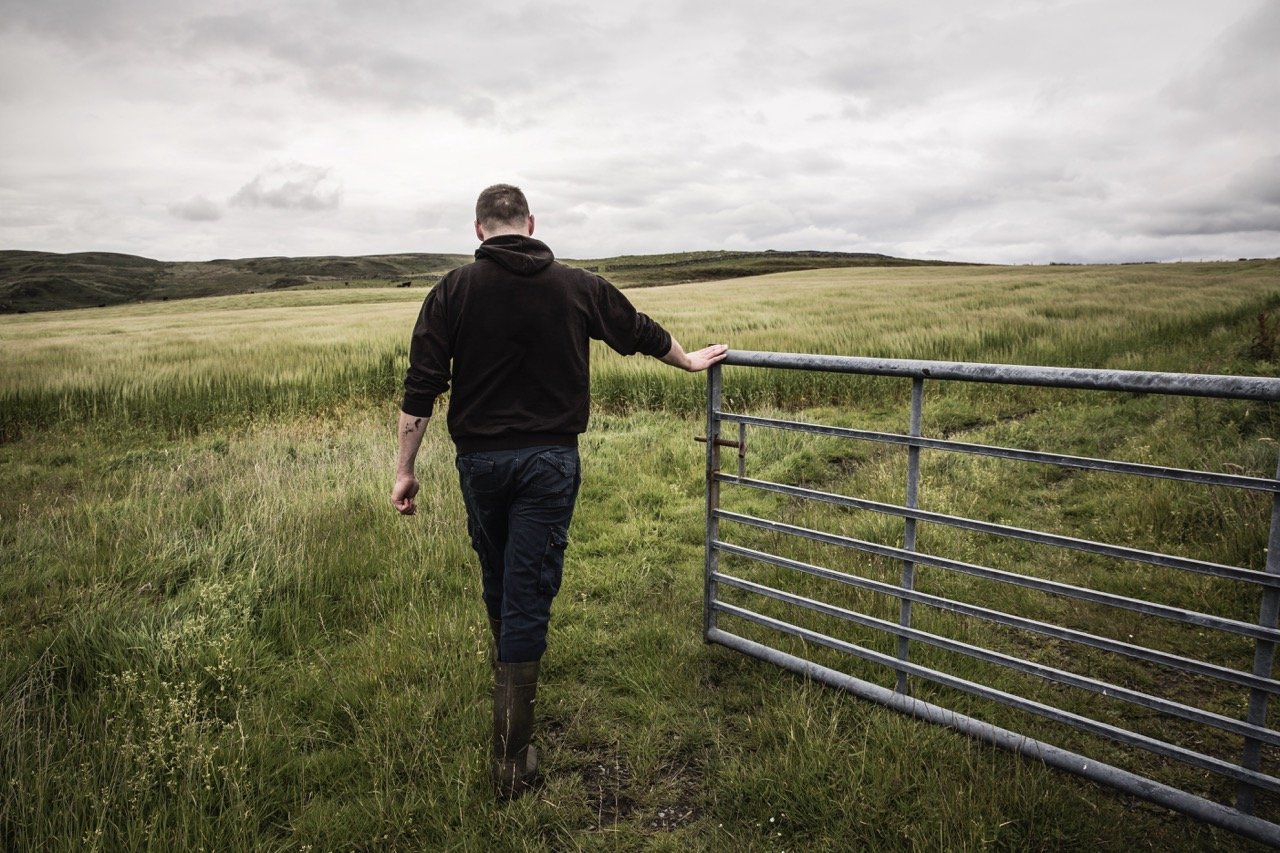Drinks Trade recently had the chance to sit down for a couple of drams with Iain Allan, Global Brand Ambassador at Speyside's Glen Moray distillery. Here’s what Allan had to say:
Drinks Trade: It feels like Glen Moray has been developing momentum recently… Is this related to the 2008 change of ownership from Glenmorangie/Louis Vuitton Moët Hennessy to La Martiniquaise?
Iain Allan: Kind of putting it into figures and the context of where we are to what we were doing previously - we were owned by LVMH/Glenmorangie company, and it was a company that looked after the distillery, looked after the whiskyy, but maybe didn't look after the brand, didn't push the brand to the extent that we see nowadays.
Basically, if we look at production volumes, we were producing 2.2 million litres. We're now eight and a half million litres, we were exporting to 12 markets, we're now exporting to 86. We had three expressions. Here today [at the interview/tasting] we're going to have a look at six. We could pull out another 16 and not touch the same whisky twice. We have increased employment, we've increased [numbers] even just from a tourism perspective. At the distillery back in 2005 we would have probably welcomed about 5,000 visitors, last year we welcomed 30,000 visitors and that's really off the back of brand recognition.
We've seen huge change. It's rare you get to be a part of a distillery with such a long heritage that's been just fairly recently developed and brought out to the kind of global market. Those figures I was talking about earlier to see those changes, typically the brand is well established so that has been a massive thing to be a part of.
DT: How important is the Australian market for Glen Moray?
IA: Australia is one of our longer served markets. It’s a market that we've been involved in for a number of years, so it feels like an established market.
At The Whisky Show we were at on the weekend, people knew about us. We weren't having to explain our backstory, they were coming to us, knowing the brand, having bought the brand and then drunk the whisky, so it's really just about explaining what we're doing, the new stuff we're bringing to the table, and that's a nice thing to see.
DT: Is it tough competing in export markets against other Scotch whisky brands?
IA: Yeah, it's kind of funny; I don't know if it's different at different levels within the industry, but I never feel it's competition. Not being arrogant there, I just feel that the category of single malt in particular is quite a migratory market: People like to move around, they like to try different things.
Events like we had on Saturday just kind of showcased that, that people want to buy a ticket to try lots of different whiskies. We hope that we're a part of that selection, but they like to experience and try new things and we're constantly adding new products to that to kind of feed that appetite of the consumer. I'm sure at a sales level or a kind of senior management level that they are competition, but I feel it's just a part of the kind of tapestry of Scotch whisky and we're a major part of that.
DT: Glen Moray is known for its unique cask expressions… Can you explain this a little more?
IA: Cask variants is really what we like to talk about, what we like to show off about to some extent. We call ourselves ‘cask explorers.’
We can't back it up with a cast iron guarantee, but I think we probably have more cask variation than any other distillery in Scotland. You know, we have so many different wine varieties, we have different Sherry styles, we've got Port, we've got Madeira, we've got Cognac, we've got Brandy, Tequila, Mezcal, beer casks, cider casks (cider casks got us into a bit of trouble) but we've got those. Just so much cask variation and that's what we're talking about, that's what we're bringing to the market now and showing off about to some extent.
[Also,] we’ve got a long tradition. At the distillery we've got the handwritten ledgers that go back to 1897 of what we were filling back then, and you look at the casks we were filling back then - they weren't the kind of traditional typical cask types we were filling - wine casks back in the early days, which is not something that Scotch whisky at that point was kind of known for.
DT: Are these usually single cask variants or do you blend different cask types together?
IA: It’s normally single variants, like a Rioja cask which is our new release. But back in 2017 for the 120th anniversary, we married together different cask finishes, so it's something we've done, but that's not typical - that was a kind of one-off to celebrate 120 years - typically it would be that single variant where we call out the wine style or whatever was in the cask before.
We do a Shiraz cask exclusively for Australia. so you know we'll typically do it as a single variant and shout about it on the label… we don't use an Australian Shiraz because you can't logistically ship a wine cask from Australia over to the UK without that cask souring/without the wine going off.
DT: Do you feel as though this focus on single cask expressions makes Glen Moray more suited to the Australian market compared to other Scotch labels?
IA: It's quite interesting - a lot of distillers are kind of tapping into this cask approach and you know we can compete on that level with our selection.
What we tend to do is we produce products sometimes occasionally for [a specific] market - so we have the Shiraz cask exclusively for Australia - because the label that will call out something which is maybe recognised, a specific wine style. We did a rye cask exclusively for the US because rye is well established there and the consumer will recognise it. That offers a kind of flavour style that the market knows and understands.
What we're seeing now is a lot of distillers kind of leaning into local styles; whether that's the environment, the climate… Maturation in Australia is very different to maturation in Scotland because of the weather, but also the wines here. I don't know about the Australian consumer/how you would view your own whiskies - whether you're loyal to your own territory or whether you are keen to stick with Scotch as being the established whisky producing nation in the world - I hope it's a bit of both, you come to us and stick with the local as well.
[Also], in Australia, you have amazing wine on your doorstep so you can tap into that where we would tap into European wines, so it just means that you're ending up with regional variants and regional styles as a result.
DT: What are your thoughts on Australian whisky? What does it do well, what is it lacking?
IA: Australian whisky - you don't have the rules and regulations that Scotch whisky has so you've got a little bit more openness and availability for experimentation. The ones I have tried have been those slightly wackier ones that catch your eye that you know Scotch can't do and that's what I love to see from whiskies around the world where they're not just trying to compete. So I've tried a ginger beer cask, I've tried a Christmas pudding cask… things that we just wouldn't be allowed to do in Scotch, so that's great to see, that's fantastic.
DT: Are those things you think that Scotch producers would like to be able to do?
IA: Yes and no. From our perspective we're always looking to push the boundaries…. Later this year we're going to be releasing two casks that would fall outside the boundaries of Scotch whisky, so we're not allowed to put Scotch whisky on the label so we will call it a 'spirit drink’… We're going to release a couple of maple syrup casks.
DT: What are your thoughts on the non-age statement whiskies coming out of Australia? You’ve mentioned that Glen Moray is struggling to keep up with global demand at present?
IA: Non-age statement for us is something we've been doing for a long long time. We were one of the first Scotch whiskies to introduce a non-age statement into the UK - the classic - that's been around since the 1990s and that at the time was quite innovative because most single malt whiskies had an age statement on the label.
We're not taking away that age statement from the consumer and replacing it with a non-age product, we're just adding to it so that the consumer has a choice… It does mean with shortages within age statement that we have to kind of ration it to some extent. So we have to say ‘well, the market gets this much [and] once it's sold out, we have none left.’
DT: Where will whisky be in 5, 10 and 20 years time
IA: Hopefully a continuation of what we've seen… the growth that whisky has had on a global stage, the interest from consumers…
Seeing what tequila is doing these days, they look like they're borrowing a little bit from scotch with their marketing and their approach, so yeah, hopefully just continuing growth and continuing the interest and the passion from the drinkers out in the market.
Whisky has changed hugely. I started back in 2001, so coming up to 25 years almost of working in whisky and seeing where it was to where it is now: it's massive. The price, for one, it's increased hugely from a lot of brands and the understanding and the knowledge of the consumer has increased… Hopefully, [people like] myself (and my colleagues in other companies doing this role) have had a big part to play in that coming out to markets and talking about products.
//
Iain Allan was in Sydney for the launch of Glen Moray's latest Warehouse 1 releases, the 2015 Rioja Cask Matured Single Malt and the 2012 Rioja Cask Finished Peated Single Malt. More information on these two whiskies was covered in this Drinks Trade article.
Share the content
